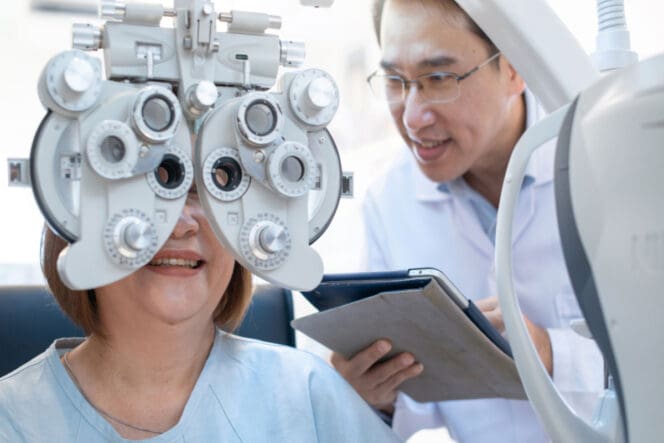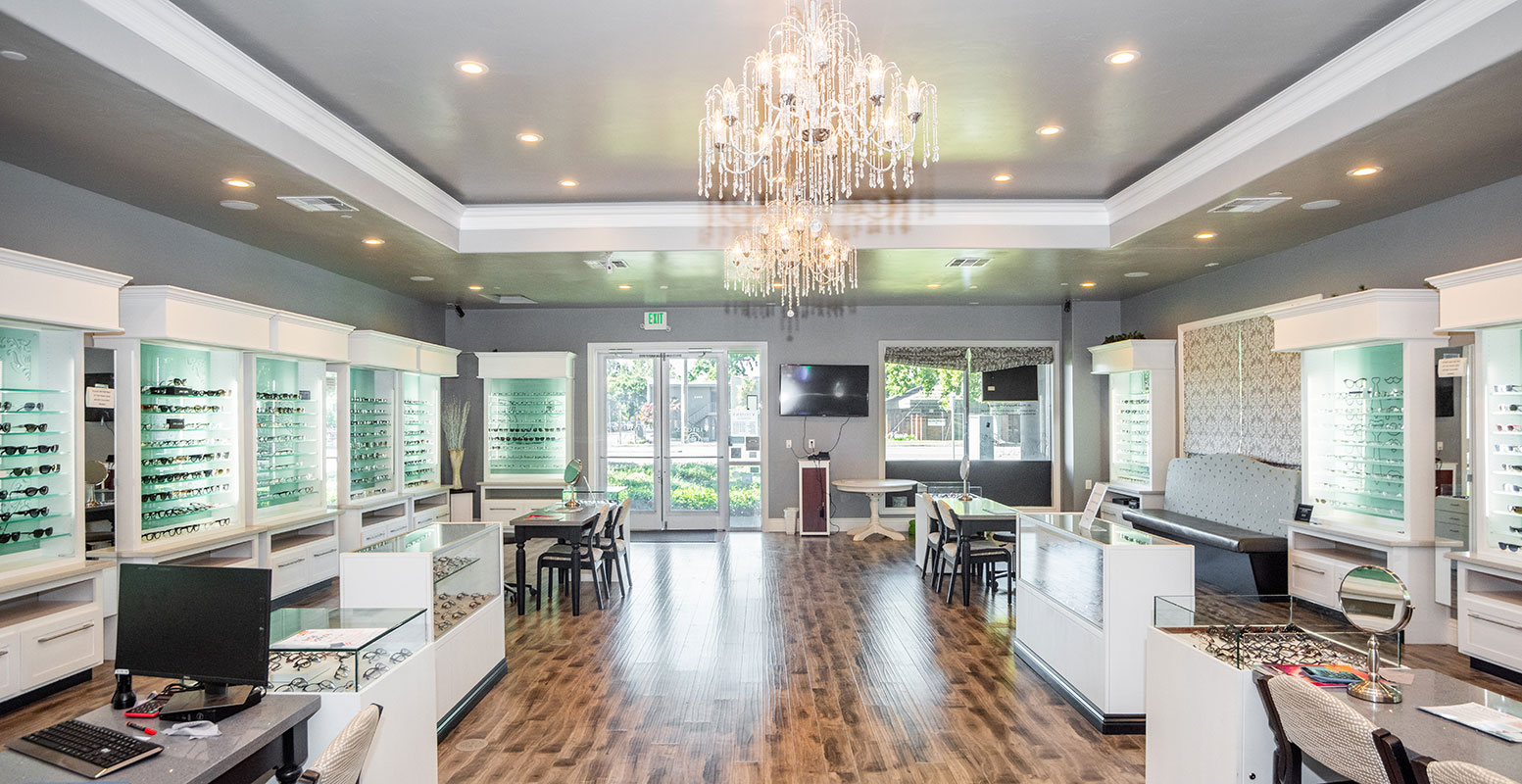Leading Reasons to See an Optometrist Chino for Your Eye Health
Leading Reasons to See an Optometrist Chino for Your Eye Health
Blog Article
Checking Out the Most Current Technological Developments in Optometry and What They Mean for Optometrists
From the accuracy of Optical Comprehensibility Tomography to the nuanced insights provided by AI-driven diagnostic devices, these technologies are establishing brand-new standards in client evaluation and therapy. As these innovations permeate the technique, eye doctors are encountered with the challenge of embracing these tools to enhance client results.
Advancements in Diagnostic Devices
Progressing the field of optometry, innovations in diagnostic tools have transformed the method eye treatment specialists assess and diagnose ocular conditions and aesthetic impairments. The previous years has actually observed substantial technological improvements, making it possible for even more detailed and precise assessments. Optical Coherence Tomography (OCT), for instance, provides high-resolution cross-sectional photos of the retina, enabling the very early detection of diseases such as glaucoma and age-related macular degeneration. This non-invasive imaging strategy has actually ended up being important in contemporary optometric practice.
An additional secret technology is the introduction of advanced corneal topography systems, which map the surface area curvature of the cornea with precision. These tools are specifically useful for suitable contact lenses and identifying corneal problems. Additionally, electronic retinal imaging has actually changed conventional ophthalmoscopy, using thorough, panoramic views of the retina that assist in detailed visual evaluations.
The development of wavefront aberrometry has also been important, allowing the evaluation of refractive mistakes with unequaled precision (Opticore Optometry). This modern technology aids in tailoring rehabilitative lenses and boosting medical results for refractive surgical procedures. Jointly, these diagnostic developments empower optometrists to deliver premium person treatment, making sure early intervention and tailored therapy methods, eventually boosting aesthetic wellness results
AI in Person Monitoring
Building on the structure of advanced analysis tools, the consolidation of artificial knowledge (AI) in person administration stands for a transformative leap for optometry. AI systems are significantly employed to improve performance, accuracy, and personalization in patient care.
Furthermore, AI-driven systems help with structured patient interactions and management procedures. Automated scheduling, online appointments, and personalized follow-up plans not just improve client contentment but likewise maximize time management for specialists. These systems can triage people based upon the urgency of their conditions, making sure that those in critical need obtain prompt interest.
Moreover, AI boosts decision-making by giving optometrists with evidence-based recommendations and treatment pathways. By integrating data from electronic health and wellness documents, AI devices use understandings that educate professional choices, lowering the threat of mistakes and boosting person end results. As AI proceeds to advance, its role in patient management will likely expand, improving the landscape of optometric treatment.
Breakthroughs in Retinal Imaging
In the realm of optometry, retinal imaging has actually seen remarkable technical improvements that are enhancing analysis abilities and patient treatment. Developments such as Optical Coherence Tomography (OCT) and fundus digital photography have changed exactly how optometrists analyze the retina and picture.
Improved imaging methods like OCT angiography are further refining diagnostic accuracy. Eye Doctor. Such improvements facilitate the identification of minute retinal adjustments that could represent condition development.
Additionally, improvements in expert system are increasing retinal imaging by making it possible for automated analysis of big datasets. These systems help eye doctors in recognizing patterns a measure of pathology, thereby enhancing diagnostic accuracy right here and effectiveness. Jointly, these advancements are changing retinal imaging right into a keystone of modern-day eye treatment, boosting end results and broadening therapeutic possibilities.
Teleoptometry's Growing Function
Teleoptometry is significantly ending up being an important component of eye treatment, driven by improvements in digital interaction and diagnostic tools. This is specifically useful in rural and underserved areas where accessibility to specialized eye treatment is frequently minimal.
The assimilation of expert system (AI) more improves teleoptometry, enabling the analysis of aesthetic data and helping in the detection of eye problems such as glaucoma and diabetic person retinopathy. AI-powered algorithms can quickly interpret complicated imaging data, supplying optometrists with useful insights that boost clinical decision-making.
Additionally, teleoptometry supports continuity of treatment through seamless assimilation with electronic health and wellness records (EHRs), enabling optometrists to preserve comprehensive person backgrounds. When seeking advice from with various professionals., this ensures that individuals obtain consistent and customized treatment even.
Despite these advantages, difficulties continue to be, consisting of ensuring data safety and taking care of person expectations. Nevertheless, teleoptometry represents a considerable stride towards even more easily accessible, reliable, and patient-centered eye treatment. As technology evolves, its role is poised to expand even more.

Future Trends in Eye Care
A myriad of cutting-edge fads is established to improve the future of eye treatment, driven by technical improvements and the progressing requirements of individuals. One considerable trend is the assimilation of man-made intelligence (AI) in diagnostics, which promises to improve the precision and effectiveness of eye evaluations. AI algorithms can assess substantial quantities of data from retinal images, possibly identifying problems like diabetic retinopathy and glaucoma earlier than typical approaches.
Additionally, customized medicine is obtaining grip in optometry, with genetic screening notifying customized therapy strategies. This approach intends to enhance patient end results by tailoring treatments to private hereditary accounts. Wearable innovation, such resource as wise navigate to this site contact lenses, is likewise imminent, supplying real-time monitoring of intraocular stress or glucose degrees, thus giving continuous understandings right into systemic and ocular health and wellness.
The adoption of enhanced reality (AR) and online fact (VR) in training and person education is an additional emerging pattern. These technologies use immersive experiences that can enhance understanding and skills both for eye doctors and clients. As these patterns advance, optometrists have to stay abreast of technical improvements to supply advanced treatment, guaranteeing enhanced person outcomes and complete satisfaction in the dynamic landscape of eye care.
Final Thought

Collectively, these analysis improvements equip eye doctors to supply remarkable client treatment, making sure early treatment and tailored treatment methods, eventually improving aesthetic health end results.

As these innovations proceed to evolve, optometrists need to adjust and incorporate them into method, inevitably optimizing process performance and elevating the standard of eye care provided to people.
Report this page